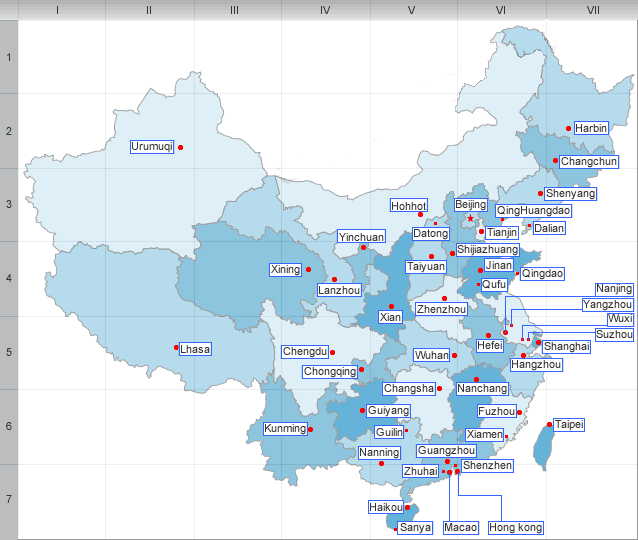History and Ethnic Group of Xinjiang
History
Inhabited since early times by nomad tribes, it first passed under Chinese rule in the 1st century B.C., when the Xihan Dynasty occupied the region. The Silk Road traversed the region. It came under the control of local leaders with the fall of the Han dynasty in the 3rd century AD and was regained by China in the 7th century. It was successively subject to the Tibetans, Uighurs, and Arabs and was conquered by Genghis Khan in the 13th century. Again under Chinese rule during the Qing dynasty, it was established as Xinjiang province at 1884. The People’s Republic of China took the area in control in 1949 and it was constituted as an autonomous region in 1955.
Ethnic Group
In general, Uyghurs are the majority in western Xinjiang, including the prefectures of Kashgar, Khotan, Kizilsu, and Aksu, as well as Turpan prefecture in eastern Xinjiang. Han Chinese are the majority in eastern and northern Xinjiang, including the cities of Urumqi, Karamay, Shihezi and the prefectures of Changji, Bortala, Bayin’gholin, Ili (especially the city of Kuitun), and Kumul. Kazakhs are mostly concentrated in Ili prefecture in northern Xinjiang.
Other minority ethnic groups include the Hui, the Kirghiz, the Mongols, the Russians, the Xibes, the Tajik, the Uzbek, the Tatars, and the Manchus.
| PREV:Geography of Xinjiang | Next:Administrative divisions of Xinjiang |



